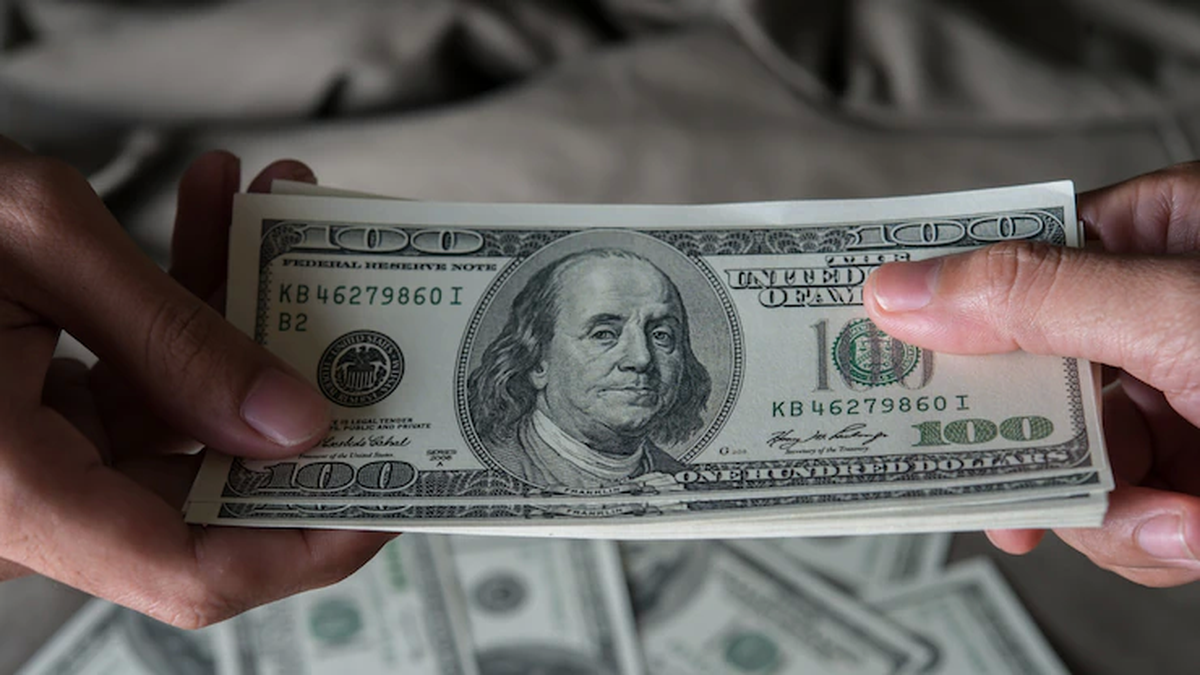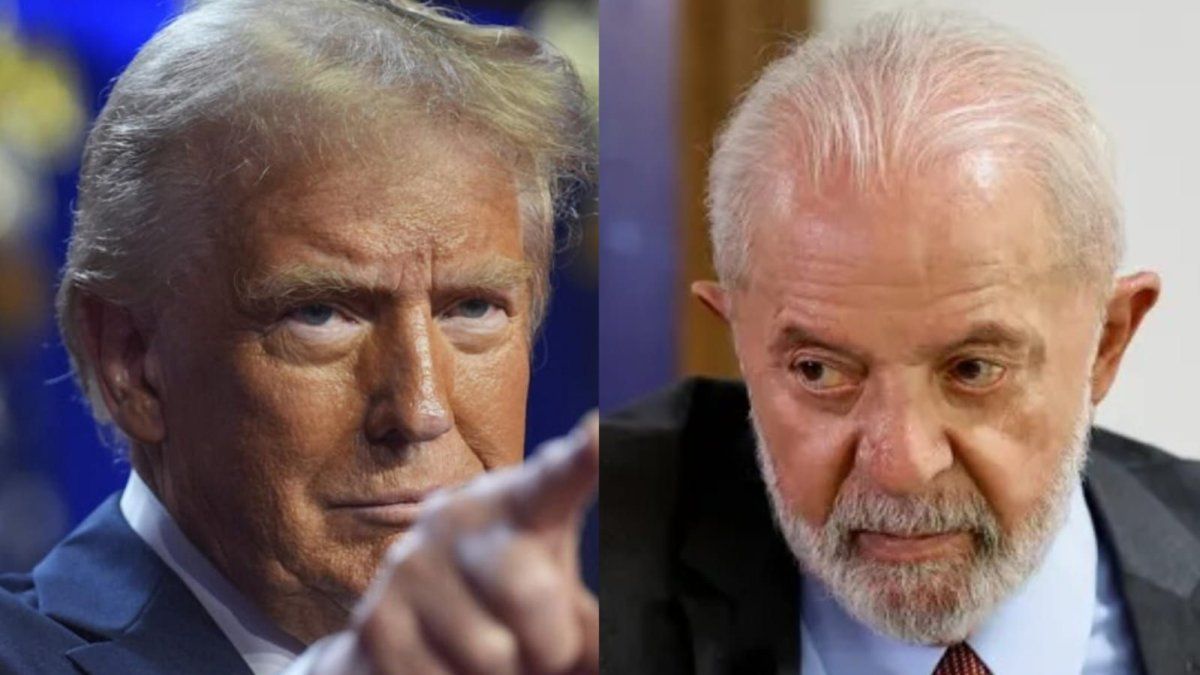Uruguay reached an average of 3.5% in the interest rates that banks pay for deposits in dollars, that is, by saving in US currency. A historical maximum for which you have to go back to 2003 to find similar levels. What is the reason for this record of returns on savings?
He Central Bank of Uruguay (BCU) recorded a interest rates for deposits in Dollars highest in recent decades. The average for all types of placements was 3.5%, and you have to go back 21 years to find similar records.
At that time, the country had high rates and good returns for savings in dollars: since 1998 – the oldest record of the BCU -, the usual was a return of around 5%, and the highest record was observed between October and November 2000. In fact, at the turn of the century, that entire year was above 5%, with rates between 5.1 and 5.5 points.
Going into 2003, rates on dollar deposits were falling: in January they were 3.7%; in February, 3.6%; in March, 3.4%; and in April they had already reached 3%.
Now, the average is once again around these parameters, after several years barely exceeding zero interest by a few tenths.
What is the reason for the increase in dollar rates?
More than for an internal reason, the increase in interest rates for deposits in dollars would seem to find an explanation in the movements of monetary politics international. Particularly, the performance of the United States Treasury bonds.
“Today the annual performance of a one-year American bond is around 5.1%, therefore, banks can raise the yields of fixed terms without problems, since today good profitability is achieved on these bonds,” he explained to Scope Francisco Echegoyen, financial advisor Gaston Bengochea.
Regarding the future evolution of rates, the specialist maintained that, “surely, yields will be maintained for this year, but as rates begin to fall, the yield on fixed terms will also fall.” “It’s something circumstantial,” he said.
More savings, more dollars?
The higher interest rate could lead Uruguayans, historically savers in Dollars, Choose fixed terms as an alternative to generate higher returns and, in the long run, greater savings. Consequently, it could be thought that this stimulus could also generate a Greater demand of US currency to deposit; especially if you take into account that banknotes in banks have lost value in recent years, with the strengthening of the peso.
Although it is true that the current trend is rather propensity to consume or to advance consumption through credit; This positive modification in deposit rates in dollars could influence, even if minimally, the price of the US currency. In any case, it will be necessary to see if it is a factor of sufficient weight to influence the price of the currency.
Source: Ambito




